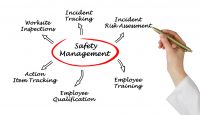Independence Day Fire Safety
Americans will spend more than $2 billion on cookouts this July 4 holiday and will eat more than 150 million hot dogs. And they’ll cook those hot dogs on an assortment of gas, propane, and charcoal grills, which means—if they’re not careful—they could be playing with more fire than they mean to. There are nearly […]










